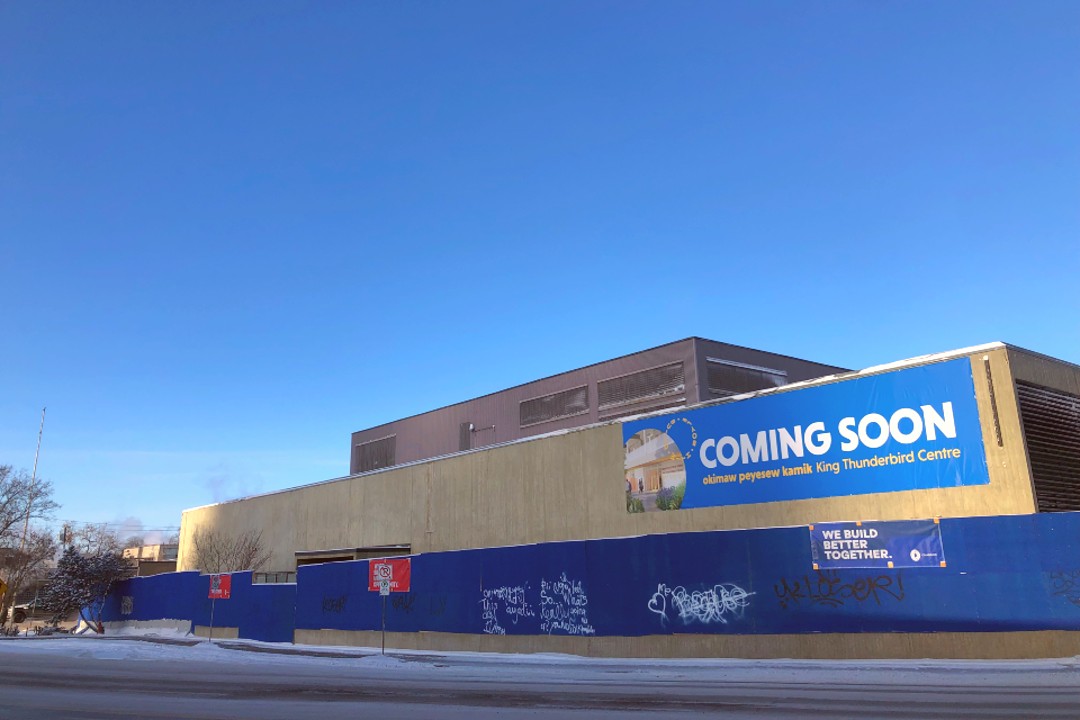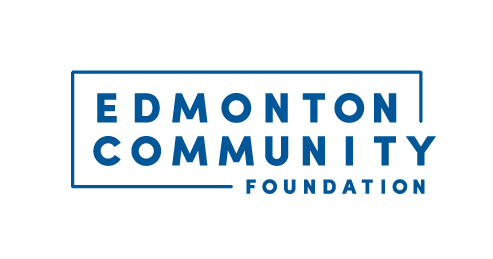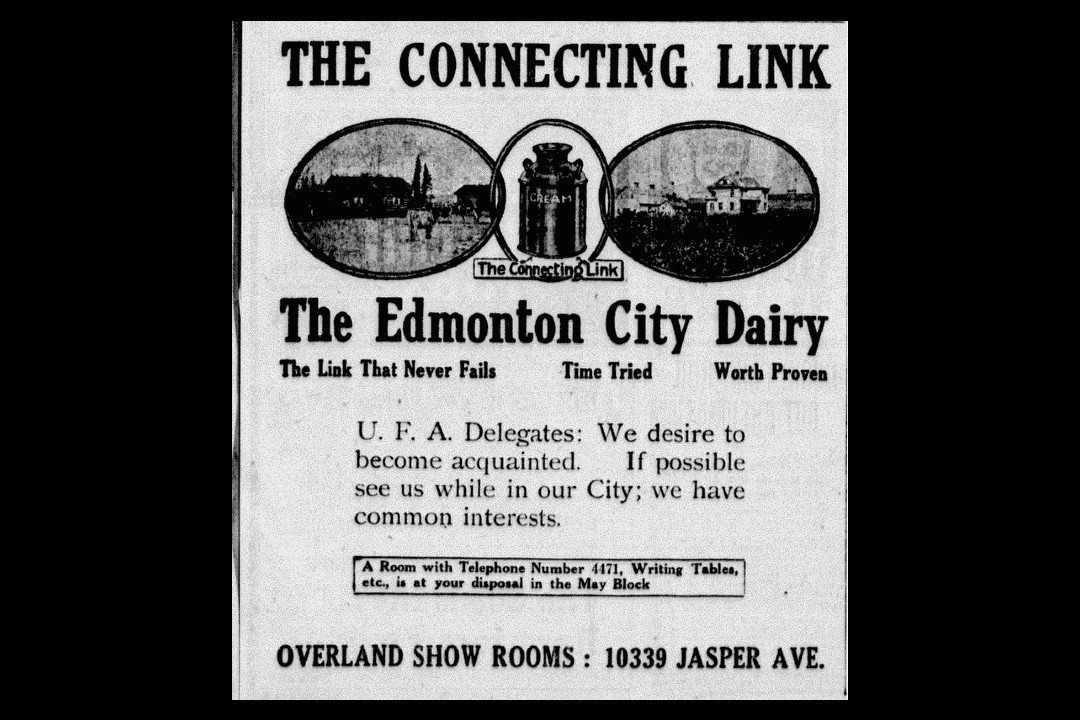
Boyle Street move improves integration, inclusivity
Moves can be emotional and that includes when a social services organization vacates a building it occupied for 27 years, Elliott Tanti of Boyle Street Community Services told Taproot.
Before the organization left its former building just north of Rogers Place on Sept. 30, community members and outreach workers gathered for a round dance.
"We tried to bring some closure to that facility in a meaningful and spiritually informed way," Tanti said. "For many of these people, this was their home, this was the place that they felt safest in, it's where their family and their community was. There was a lot of history in that building — positive and negative."
It's been nearly four months since Boyle Street Community Services left the building. In that time, services that once ran out of the former building now operate from eight smaller spaces, through partnership with churches and other institutions.
"The idea is, rather than having one big drop-in space like we've traditionally had, what we wanted to do is do smaller micro drop-ins across the city," Tanti said.
And the results are positive, Tanti added. Partnerships with organizations have suggested where duplication might be reduced to improve services, and a few new buildings have even boosted inclusivity.
For example, BSCS moved its triage programs to a Bissell Centre building at 10527 96 Street NW. These programs are where clients can meet a housing or youth services worker, or pick up mail, a bus pass, or pet food.
There's overlap between the people Bissell and Boyle serve, so the Bissell Centre building has "slowly become a one-stop shop for folks," Tanti said.
The two agencies are contemplating how they might be more efficient in serving the community.
"The best example I would use is we have a mail service and so does Bissell, so we've been working with them actively and talking with them about how we might better integrate those services," Tanti said. "One of the greatest barriers in our work is having to send people from place, to place, to place … so anytime that we can be more collaborative in our service delivery approach — ask people to recite their stories and their traumas less often — the easier it is for us to connect people to services."






